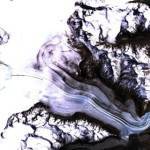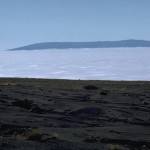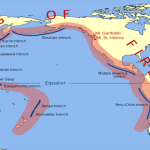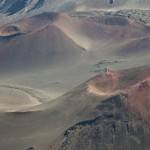Lava
A lava flow is a stream of molten rock which will pour out of an erupting volcano’s vent. This substance can be erupted either during the explosive activity or a non-explosive event. Most lava flows will move slowly but it will destroy anything in its path. But the good news is that due to the low speed of the flow most people should have a chance of getting away from it. The speed of the flow will depend on different factors and those include the viscosity of the substance, the steepness of the hill, channeling in the area and the amount that had been produced at the volcano’s vent.
Speed
As stated earlier flows can be rather slow but some can reach speeds of over 30 kilometers per hour. Most of the edges of the flow will travel at around 10 kilometers per hour provided that the slope is steep. However, on a flatter surface the speed can be less than one kilometer per hour. The viscosity of the lava will affect the speed as the higher viscosity the lower the speed. It is rare for a viscous lava flow to go over 8 kilometers per hour from their vent.
Destruction
Anything in the path of a lava flow will be destroyed and eventually buried by the flow. Some materials which will not fall will catch on fire due to the extremely high temperatures found in the flow. If the lava were to enter a body of water such as the ocean, lake or a river, the water will boil on contact. Vegetation stands no chance as it will simply be buried and burnt by the flow, creating methane gas. The good news, however, is that it is rare for deaths to happen due to flows and that is because of the low speed at which they move.
Injuries To People
Even though deaths are uncommon, injuries do happen when people stay close to a vent. People have been killed and injured when they approach a lava flow to get a better look. Most of the deaths related to flows usually have to do with the explosions that take place when the substance interacts with a body of water. Other things that could kill or injure a person include asphyxiation on toxic gases, collapse of a delta, pyroclastic flows and lahars which happen from melted water. Though it may be tempting to get a closer look, it is never recommended to do so as there is simply too much danger in the area of a flow.
No Rebuilding
When an area is affected by a volcano it is much different than what you would find with most other types of natural disasters. It is possible to rebuild a home after a tornado, hurricane or earthquake hits an area. However, when lava hits an area it is nearly impossible to rebuild there. The homes that were in the area are buried by the substance and the landscape changes immediately as it cools down. There is an entire new area which becomes really hard to build over and the owners may not want to anyway.
Evacuation
There are problems associated with evacuation of an area when a volcano is erupting. The flow of lava could cover evacuation routes so the cities that are in areas that could be affected need to design more than just a couple evacuation plans. When a volcano is believed to be close to erupting scientists can look at the conditions and make a prediction of where the flow will go but currently it is not an exact science so there is always a chance that the prediction will be wrong.




